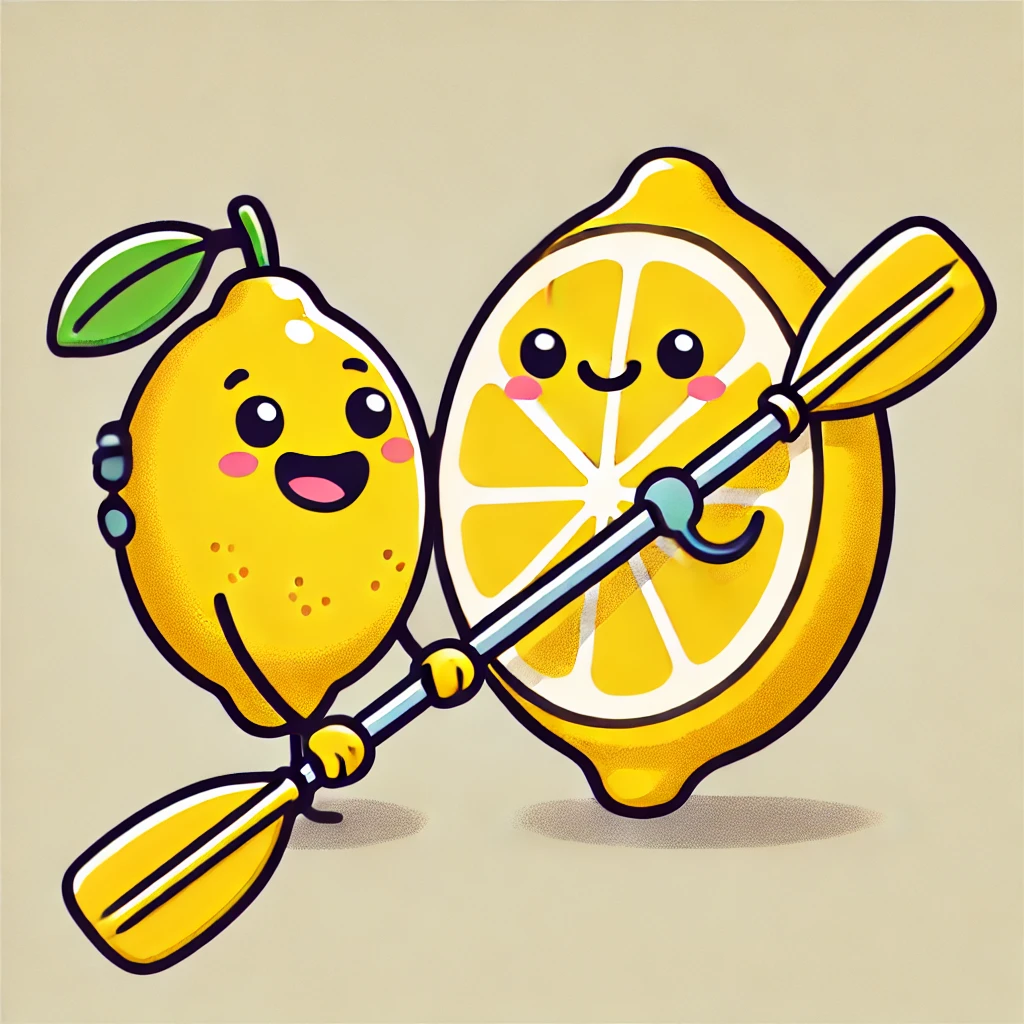
Can Paddle Handle Expired Cards Automatically?

Table of contents
Quick Summary
Expired (or re‑issued cards) are a massive reason for churn, involuntary churn to be exact. But did you know Paddle automatically tries to take care of that for your? They sidestep this problem by relying on the so-called card‑network Account Updater programs and/or network tokenisation. This automatically refreshes the card credentials stored in your account (Paddle's vault). And then renewals and even refunds succeed on the new card while your customer sees zero interruptions. You don’t have to call an API or ask the buyer to update anything.
Great, right? Well there's a few caveats to be aware of, which we’ll cover below. But first, let’s understand why cards expire or get re‑issued in the first place.
Why Do Cards Expire or Get Re‑Issued?
Cards can become stale for several reasons, leading to failed payments and customer frustration. Here are the most common scenarios:
- The printed expiry date lapses.
- The card is lost, stolen, upgraded, or replaced after suspected fraud.
- The issuing bank migrates the account to a new BIN or card brand.
Without an updater mechanism, every one of these events would trigger declines and support tickets.
The Mechanism Behind Paddle’s Automatic Card Updates
1. Tokenised Vaulting
Paddle never stores the PAN (primary account number) directly. At checkout, the card is vaulted with Paddle’s processing partner, and Paddle keeps only a reference token.
2. Network “Account Updater” Services
Visa Account Updater (VAU), Mastercard Automatic Billing Updater (ABU), and American Express Cardrefresher continuously send new card numbers and expiry dates to vault providers whenever issuers re‑issue a card. You may have noticed this happen with big vendors like Amazon or Netflix, where your card details update automatically without you lifting a finger.
3. Network Tokenization (NT)
For issuers enrolled in NT, the token itself refreshes in real time—no PAN ever moves over the wire. Paddle is automatically notified and simply continues billing the updated token.
These three layers work together to keep subscription renewals and refunds on track without any manual steps from you or the customer.
Cool, what's the downside?
In terms of revenue, none. But you may still get a support ticket from customers that are confused about their invoices.
Today, Paddle’s invoice generator records the last‑four digits captured at the initial payment. When the vault later maps the token to a new card, that display value doesn’t yet update. Paddle Support has confirmed that an improvement is in progress so invoices will soon reflect the active card’s last‑four digits.
Same goes for the card number shown in the Paddle dashboard. It will always show the last‑four digits of the original card, even if the vault has updated to a new card.
Glossary of Key Terms
| Acronym | Meaning | Why It Matters |
|---|---|---|
| PAN | Primary Account Number | The 13‑19‑digit card number. Paddle stores only a tokenised reference. |
| Tokenisation | Substituting the PAN with a non‑sensitive token | Reduces PCI scope and enables silent credential updates. |
| Account Updater | Collective term for VAU, ABU, Cardrefresher, etc. | Delivers fresh card data to vaults when issuers re‑issue cards. |
| Network Tokenization | Card‑network‑issued dynamic tokens | Auto‑refreshes credentials and removes many decline scenarios. |
| Vault | PCI Level‑1 storage for PANs | Paddle’s partner vault keeps tokens in sync with real cards. |
| MIT | Merchant‑Initiated Transaction | Renewal or retry you perform without customer present—needs valid credentials. |
FAQ
Does Paddle update the PAN if it changes?
No. The vault's token for your customer's card just remaps via Account Updater or Network Tokenization, so billing continues flawlessly.
How could a payment succeed on a card that expired last year?
Because the issuer supplied the replacement card details through the updater network, the renewal used the new card even though the displayed last‑four is still the original one.
Why is the invoice showing outdated digits?
Invoice PDFs currently store the initial last‑four. A platform update is underway to make them show the active card number instead.
Do I need to call an API to refresh the card or update invoices?
No. Credential updates are fully automatic; invoice rendering is handled by Paddle’s core services.
Will a refund reach the new card?
Yes. Refunds follow the same token route as the original charge, so funds land on the updated card.
Will customers get a reminder of an expired card?
Not from Paddle directly, but Boathouse has the option to send a reminder email if the card is expired or re‑issued. This is a separate feature and not part of Paddle's automatic updates, so customer's might receive a reminder email but even if they don't take action may be billed successfully due to the update mechanism outlined in this article.

